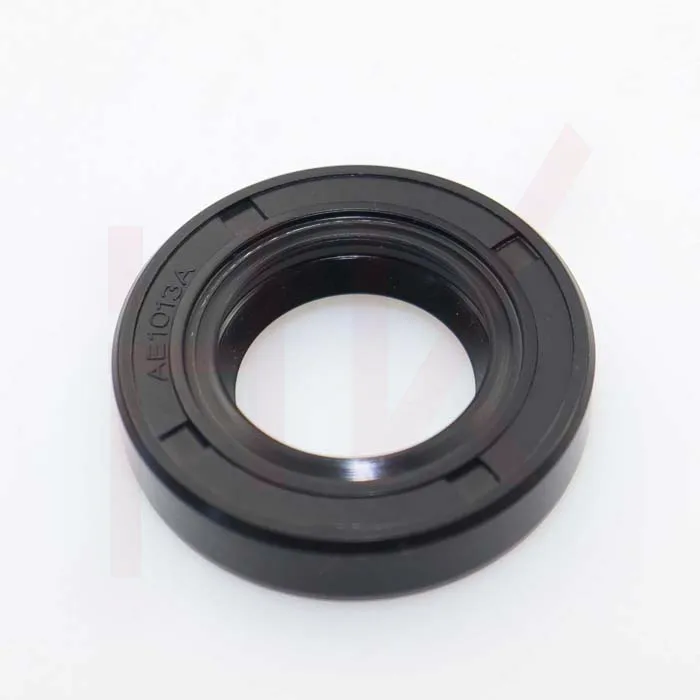ធ្នូ . 13, 2024 01:31 Back to list
hyd cylinder seals
Understanding Hydraulic Cylinder Seals Types, Functions, and Importance
Hydraulic systems are widely used in various industrial applications, from manufacturing to construction. One critical component of these systems is the hydraulic cylinder, which converts hydraulic energy into mechanical force. However, for hydraulic cylinders to function optimally, the integrity and efficiency of the seals within them are paramount. This article explores the different types of hydraulic cylinder seals, their functions, and their significance in maintaining the performance and longevity of hydraulic systems.
What Are Hydraulic Cylinder Seals?
Hydraulic cylinder seals are components that prevent the escape of hydraulic fluid from the cylinder. They play a crucial role in ensuring that the pressure generated within the cylinder is effectively utilized to perform work, whether that's lifting, pushing, or pulling. Seals also protect internal components from contaminants such as dirt, water, and other foreign materials that could potentially cause wear and damage to the cylinder.
Types of Hydraulic Cylinder Seals
There are several different types of seals used in hydraulic cylinders, each designed for specific applications and conditions. The most commonly used types include
1. Rod Seals These seals are located at the piston rod's exit point and prevent hydraulic fluid from leaking out as the rod extends and retracts. Rod seals must withstand high pressure and are designed to resist wear caused by the rod's movement.
2. Piston Seals Piston seals are found within the cylinder and are responsible for keeping hydraulic fluid in the cylinder cavity. They ensure that the force generated by the hydraulic fluid is effectively transmitted to the piston, allowing for smooth movement.
3. Buffer Seals These seals are used to absorb shocks and protect the rod and piston seals from potential damage caused by sudden pressure changes. They act as a buffer, prolonging the life of the primary seals by reducing the impact of pressure fluctuations.
4. Wiper Seals Positioned at the exterior end of the rod seal, wiper seals prevent dirt and contaminants from entering the hydraulic cylinder. By keeping the rod clean, wiper seals help maintain the integrity of the rod and the internal seals, ultimately enhancing the system's durability.
5. End Seals These seals are installed at the ends of the cylinder and prevent the leakage of hydraulic fluid, ensuring that the entire system remains sealed.
Functions of Hydraulic Cylinder Seals
The primary functions of hydraulic cylinder seals include
hyd cylinder seals

- Fluid Containment Seals prevent hydraulic fluid from leaking out of the cylinder. This containment is crucial for maintaining pressure and ensuring the system operates smoothly.
- Contaminant Exclusion Seals protect the internal components from external contaminants, which can lead to premature wear and failure of the hydraulic system.
- Pressure Maintenance By effectively sealing the cylinder, seals help maintain the necessary pressure required for optimal performance.
- Smooth Operation Seals facilitate the smooth movement of the piston within the cylinder by reducing friction and wear. This contributes to the overall efficiency of the hydraulic system.
Importance of Hydraulic Cylinder Seals
The performance of hydraulic systems largely depends on the quality and functionality of hydraulic cylinder seals. A failure in the sealing system can lead to several issues, including
- Fluid Leaks This not only affects the efficiency of the hydraulic system but can also create hazardous situations and environmental concerns.
- Reduced Performance A compromised seal can lead to a loss of pressure, resulting in slow or erratic operation of hydraulic machinery.
- Increased Maintenance Costs Frequent seal failures can lead to increased downtime and higher maintenance costs, as equipment must be repaired or replaced more often.
- Safety Hazards Hydraulic systems are often under high pressure, and a seal failure can result in equipment malfunctions that may pose safety risks to personnel.
Conclusion
In conclusion, hydraulic cylinder seals are integral components that ensure the efficiency, safety, and longevity of hydraulic systems. Understanding the types of seals, their functions, and their significance can help operators maintain their hydraulic equipment more effectively. Regular inspection and timely replacement of these seals are essential steps in ensuring the continuous performance of hydraulic systems and minimizing costly disruptions. By prioritizing hydraulic seal maintenance, businesses can achieve operational efficiency and reliability, ultimately leading to enhanced productivity and safety in their operations.
-
TCN Oil Seal Metal Ring Reinforcement for Heavy Machinery
NewsJul.25,2025
-
Rotary Lip Seal Spring-Loaded Design for High-Speed Applications
NewsJul.25,2025
-
Hydraulic Cylinder Seals Polyurethane Material for High-Impact Jobs
NewsJul.25,2025
-
High Pressure Oil Seal Polyurethane Coating Wear Resistance
NewsJul.25,2025
-
Dust Proof Seal Double Lip Design for Construction Equipment
NewsJul.25,2025
-
Hub Seal Polyurethane Wear Resistance in Agricultural Vehicles
NewsJul.25,2025
-
The Trans-formative Journey of Wheel Hub Oil Seals
NewsJun.06,2025
Products categories
















